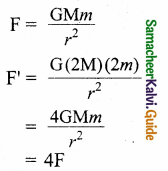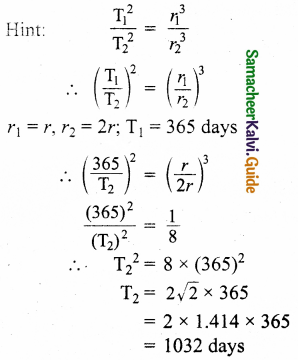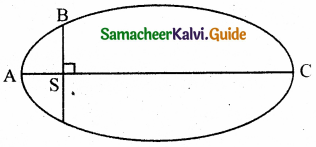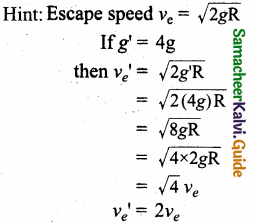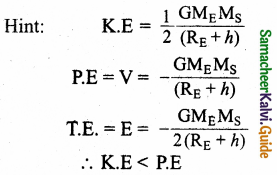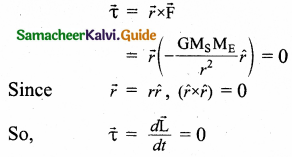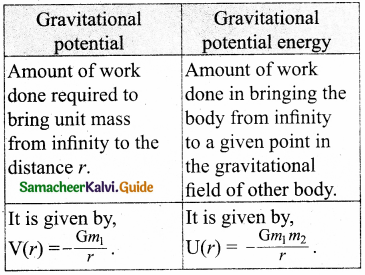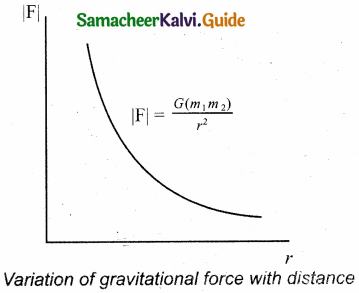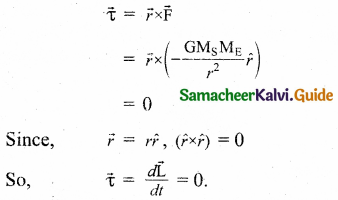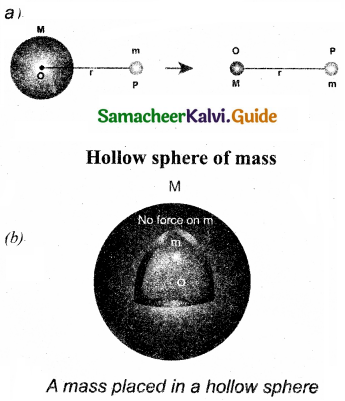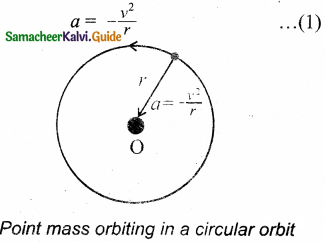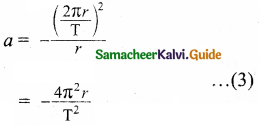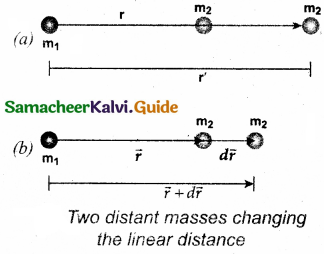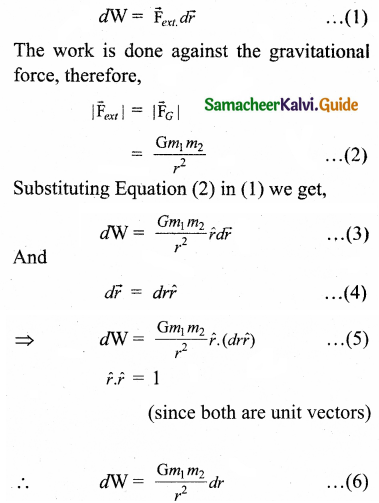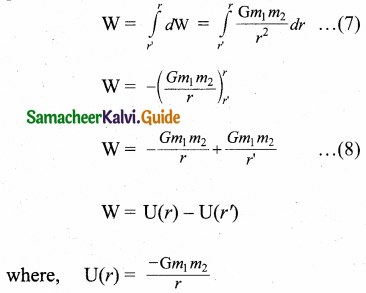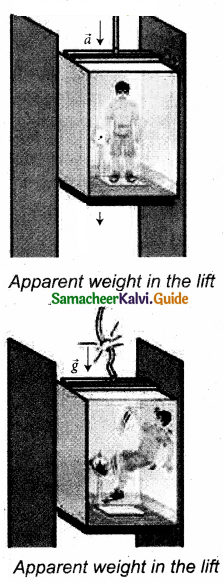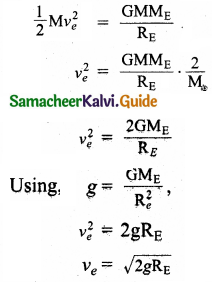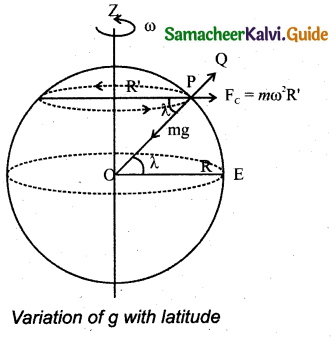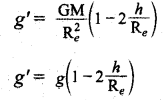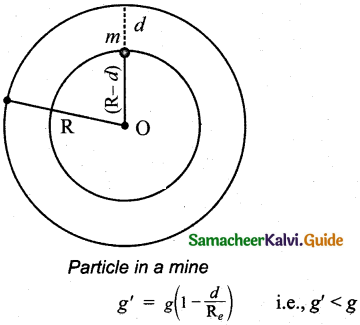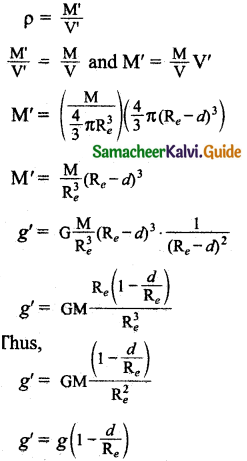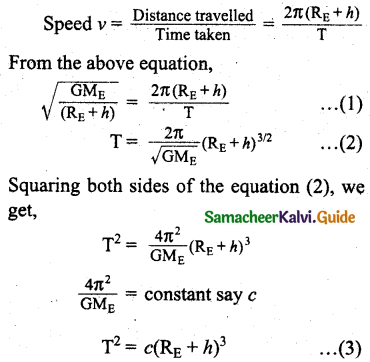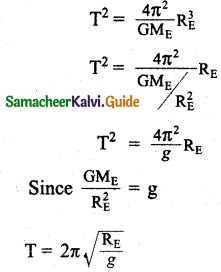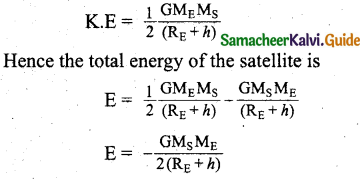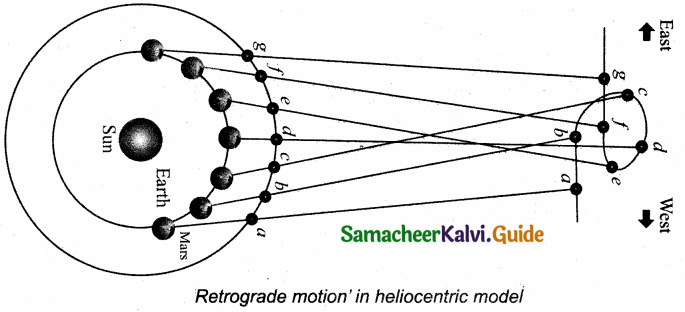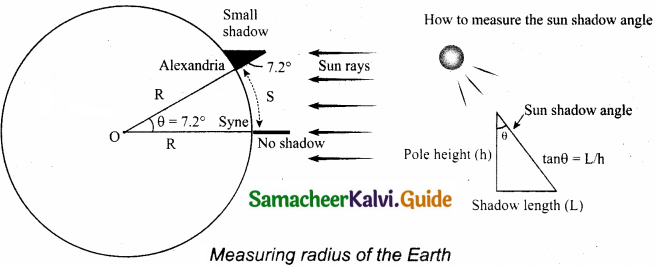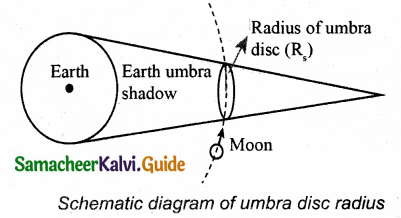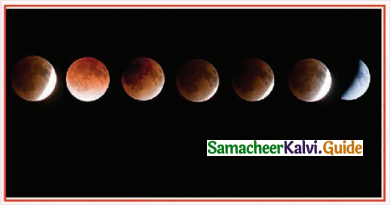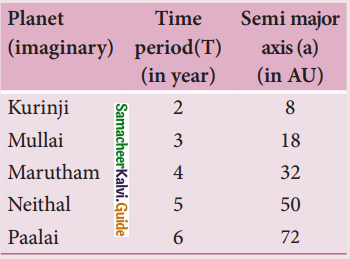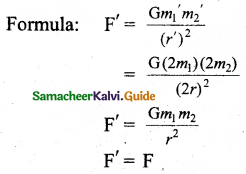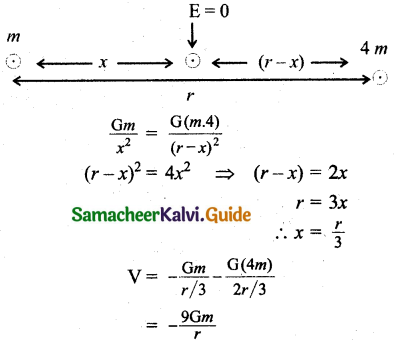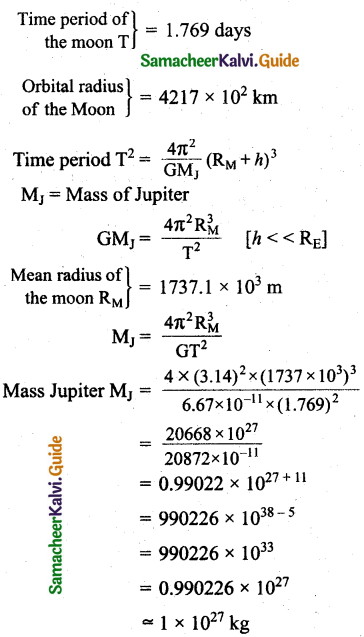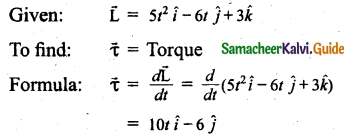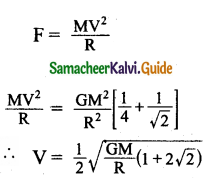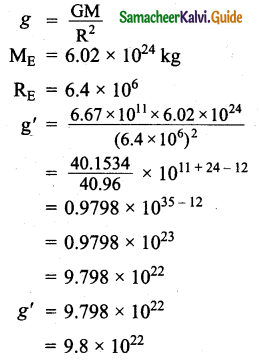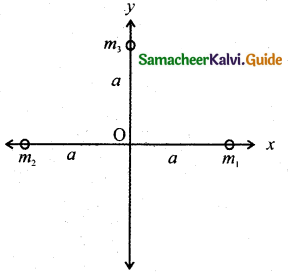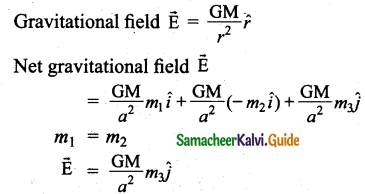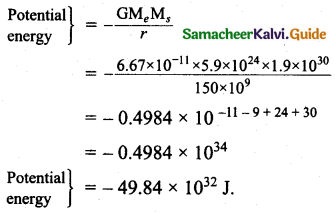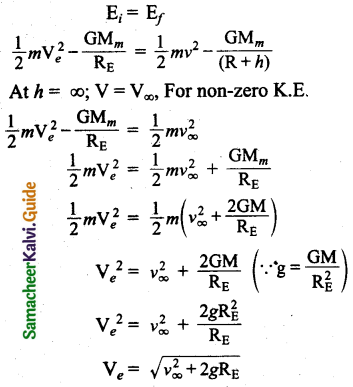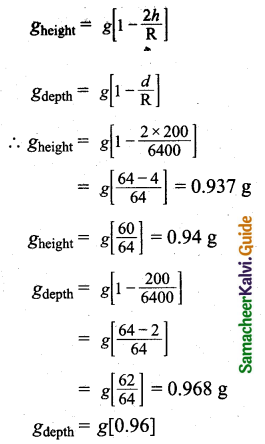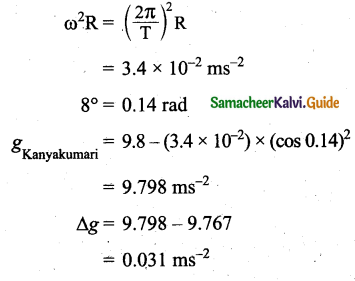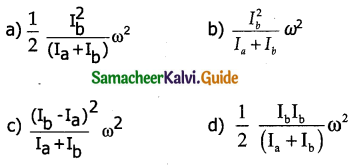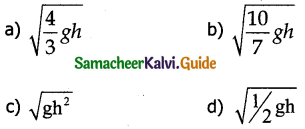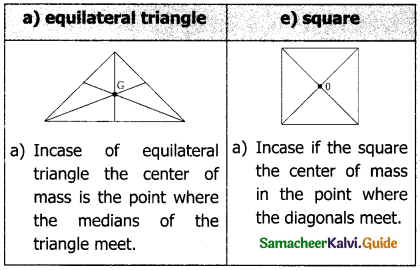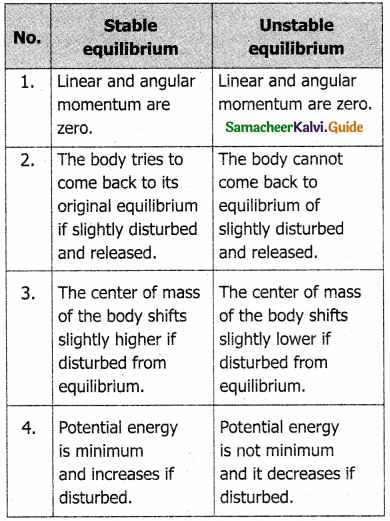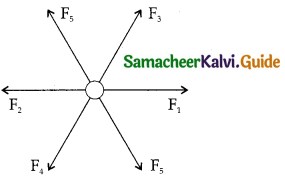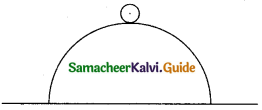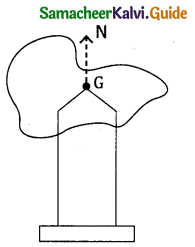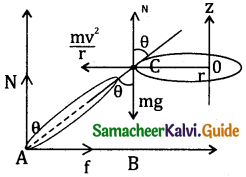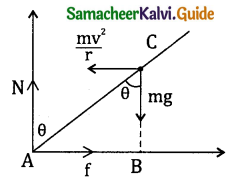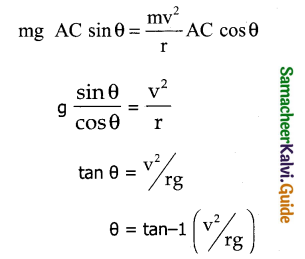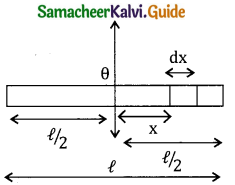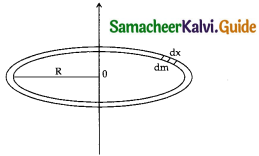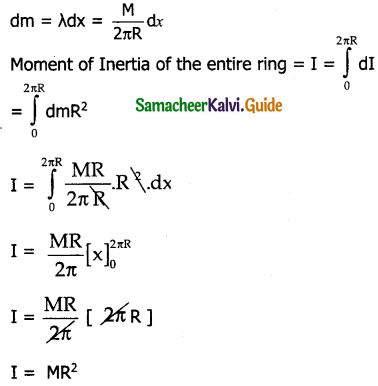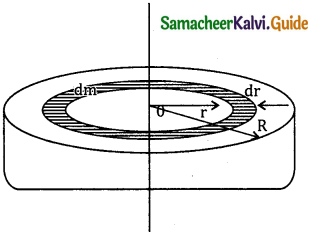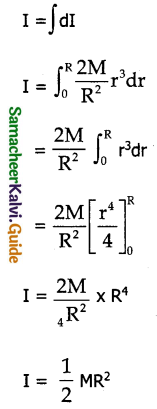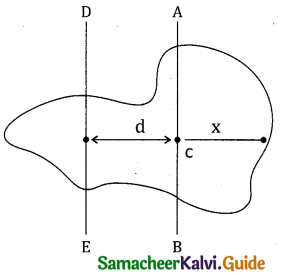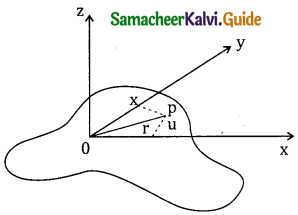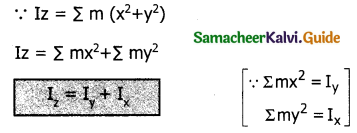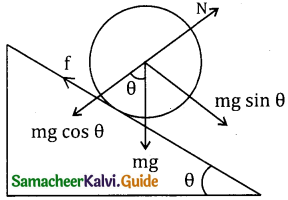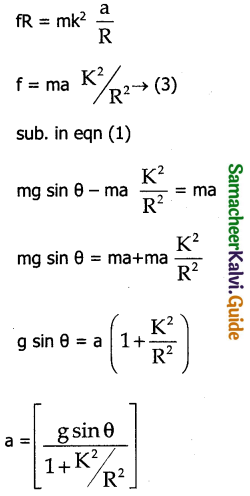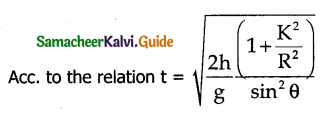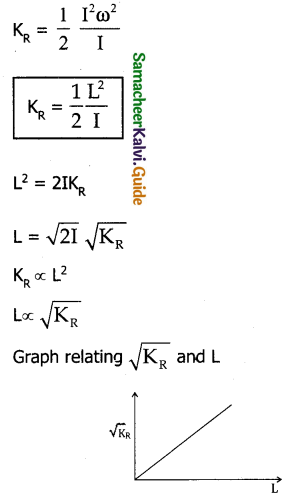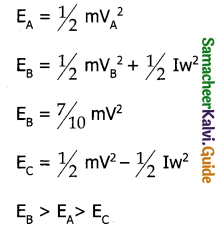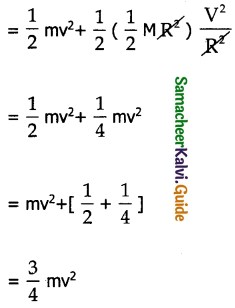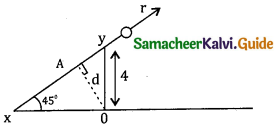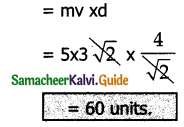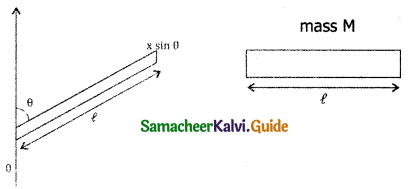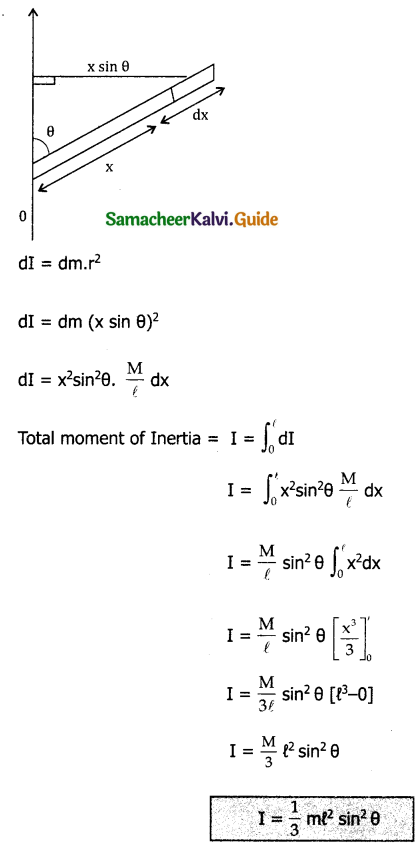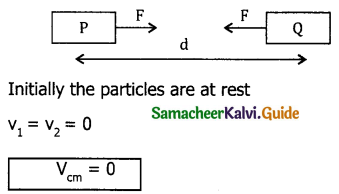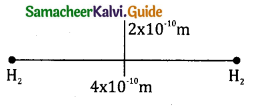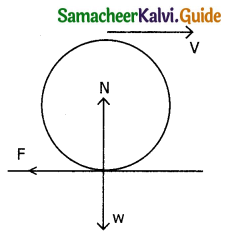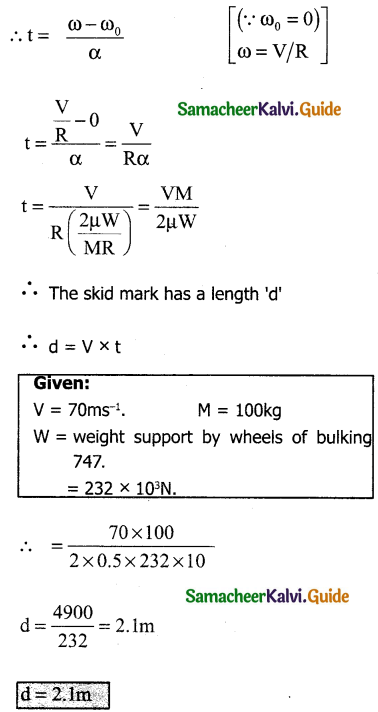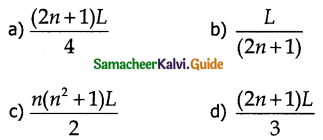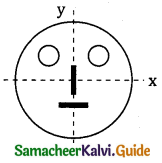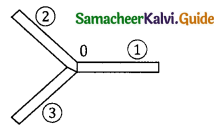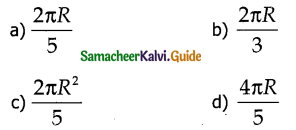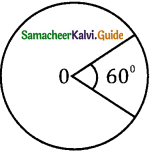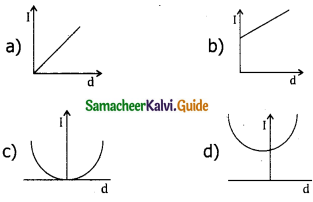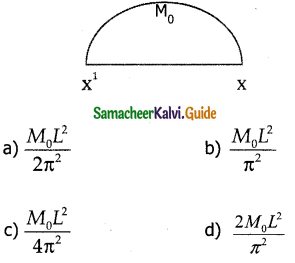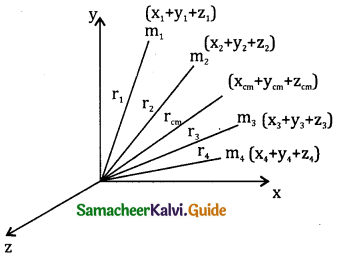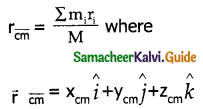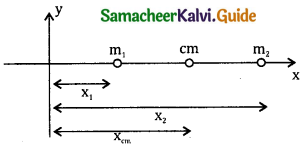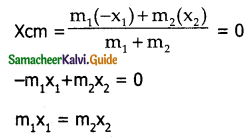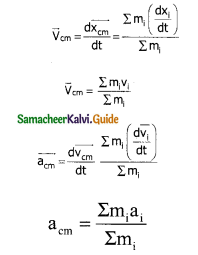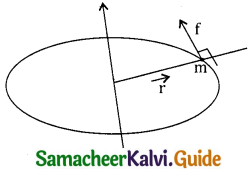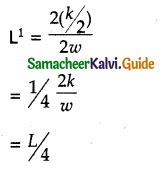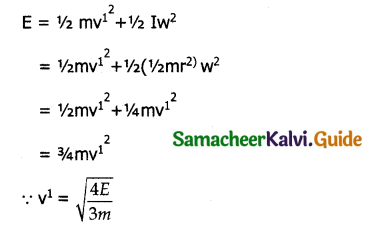Tamilnadu State Board New Syllabus Samacheer Kalvi 11th Commerce Guide Pdf Chapter 25 International Business Text Book Back Questions and Answers, Notes.
Tamilnadu Samacheer Kalvi 11th Commerce Solutions Chapter 25 International Business
11th Commerce Guide International Business Text Book Back Questions and Answers
I. Choose the Correct Answer
Question 1.
Movement of goods, services, intellectual property, human assets, technology and so on among the countries.
(a) International Trade
(b) International business
(c) Entrepot Trade
(d) Internal trade
Answer:
(a) International Trade
Question 2.
Goods are imported for purpose of re-export to another country is termed as ………………………
(a) Import Trade
(b) Export Trade
(c) Entrepot Trade
(d) International trade
Answer:
(c) Entrepot Trade
![]()
Question 3.
Movement of goods, services among the countries.
(a) International Trade
(b) International business
(c) Entrepot Trade
(d) Internal trade
Answer:
(b) International business
Question 4.
Selling of goods from home country to a foreign country is called
(a) Home Trade
(b) Entrepot Trade
(c) Foreign Trade
(d) Joint Venture
Answer:
(c) Foreign Trade
![]()
II. Very Short Answer Questions
Question 1.
What do you mean by international business?
Answer:
International business denotes all those business activities which take place beyond the geographical limits of the country.
Question 2.
What is meant by Export Trade?
Answer:
When the firm of a country sells goods and services to a firm of another country it is called export trade. Export trade indicates the selling of goods and services from the home country to a foreign country. Example: the sale of handicrafts, leather products, etc.
![]()
Question 3.
What is meant by Import Trade?
Answer:
When the business firm of a country purchases goods from the firm of another country it is called import trade. Importing means the purchase of foreign products and bringing them into one’s home country.
Question 4.
What is meant by Entrepot Trade?
Answer:
When the firm of country imports goods for the purpose of exporting the same goods to the firms of some other country with or without making any change in the goods meant for export it is known as entrepot trade. For example. If an Indian company imports crude oil from Iran and exports it as petroleum after refining it in India; Nepal, it is called Entrepot trade.
![]()
Question 5.
Give any two reasons for International Business.
Answer:
- Unequal Distribution of Natural Resources.
- Uneven Availability of Factors of Production.
III. Short Answer Questions
Question 1.
Describe the importance of external trade to an economy;
Answer:
The economic environment of countries involved in international business differs significantly in terms of legal framework, institutional set – up, monetary fiscal and commercial policy, resources availability, production techniques, etc.
![]()
Question 2.
What is the necessity for entrepot trade?
Answer:
A country cannot import goods directly from others because of the following reasons:
- The country may not have any accessible trade routes connecting the importing country, The good imported may require further processing or finishing before exporting, and these facilities may be lacking in the exporting or importing country.
- There may not have any bilateral trade agreement between both the country.
- Importer and exporter may not share good economic relations with each other. So it is necessary for the nation to enter into entrepot trade.
Question 3.
What are the limitations of international business?
Answer:
- Economic Dependence: International trade is more likely to make the country too much dependent on imports from foreign countries.
- Inhibition of Growth of Home Industries: International business may discourage the growth of the indigenous industry.
- Import of Harmful Goods: International business may lead to the import of luxurious goods, spurious goods, dangerous goods, etc. It may harm the well-being of people.
![]()
IV. Long Answer Questions
Question 1.
List out the advantages of international trade.
Answer:
- Geographical Specialization: Countries across the world differ significantly in terms of natural resources, capital equipment, manpower, technology and land, and so on.
- Optimum use of Natural Resources: International business operates on a simple principle that a country which can produce more efficiently and trade the surplus production with other countries has to procure what it cannot produce more efficiently.
- Economic Development: International business helps the developing countries greatly in achieving rapid economic development by importing machinery, equipment, technology, talent, and so on.
- Generation of Employment: International business generates employment opportunities by assisting the expansion and growth of agricultural and industrial activities.
- Higher Standard of Living: On account of international business, the citizens of the country can buy more varieties of goods and services which cannot be produced cost-effectively within the home country.
- Price Equalisation: International business helps to stabilize the prices of various commodities which are fluctuating on a daily basis in the world market.
- Prospects for Higher Profit: International business helps the firms which produce goods in excess to sell them at a relatively higher price to various countries in the international market.
- Capacity Utilisation: International business enables firms across the country to sell their goods and services on a large scale in the international market.
- International Peace: International business makes countries across the world become inter-dependent while these countries are independent in their functioning.
![]()
Question 2.
Enumerate the disadvantages of international trade:
Answer:
Economic Dependence:
International trade is more likely to make the country too much dependent on imports from foreign countries. The former may not take any efforts to produce goods and services indigenously to substitute imported goods and thus becoming self-sufficient. As a result, the importing country may become economically slave to exporting country and end up becoming a colony of the exporting country.
Inhibition of Growth of Home Industries:
International business may discourage the growth of the indigenous industry. Unrestricted imports and severe competition from foreign companies may ruin the home industries altogether.
Import of Harmful Goods:
International business may lead to the import of luxurious goods, spurious goods, dangerous goods, etc. It may harm the well-being of people.
Shortage of Essential Goods in Home Country:
Moreover, the export of essential commodities out of the greed of earning more foreign exchange may result in an absolute shortage of these goods at the home country and people may have to buy these commodities at an exorbitant prices in the local market.
Misuse of Natural Resources:
Excessive export of scarce natural resources to various countries across the world may lead to faster depletion of the resources in the exporting countries. This in turn may bring about ecological disaster in the country from which it is exported.
Political Exploitation:
International business may create economic dependence among the countries which may threaten their political independence. The MNCs may influence the policy decision of the government to their favour. In due course of time, they may dictate terms to administrators of the nation by the sheer strength of their money power. For example, Britishers came to many countries as mere traders and ultimately colonized those countries and ruled them for centuries.
Rivalry among the Nations:
Acute competition for exports may lead to rivalry among the nations. This may lead to a conflict of interest among the countries and end up in wars among them.
Invasion of Culture:
International business may result in an invasion of a country’s culture. The younger generation is more likely to imitate foreign culture and buy goods and services beyond their means to gain acceptance in the affluent section of society. This will ruin the conventional lifestyle of the society.
Question 3.
Distinguish between internal and international trade:
Answer:
Basis of Differences | Internal / Domestic Business | International Business |
| 1. Meaning | Domestic business refers to business transactions transacted within the geographical boundaries of a country | International business refers to the business transactions transacted beyond the boundaries of a country |
| 2. Participants in Business | People/organizations within the country participate in business activities | People/organizations outside the country participate in business activities |
| 3. Mobility of Factor of Production | The factors of production i.e. labour, capital, technology, material, etc., move freely within the boundaries of the country | The factors of production i.e. labour, capital, technology, material, etc., move across the boundaries of the country. |
| 4. Nature of Consumers | Consumers are relatively homogenous in nature in terms of culture, behavior, taste, preferences, legal system, customs, and practices, etc., | Consumers are relatively heterogeneous in nature in terms of culture, behavior , taste, preferences, legal system, customs, and practices, etc. prevailing across the countries, |
| 5. Business System | Domestic business is governed by the rules, laws, policies taxation system of a single country | International business is governed by rules, laws and policies Tariffs and quotas etc., of multiple countries |
| 6. Currency Used | Domestic business transactions are settled by local currency of a country | International business transactions are settled by foreign currencies. |
| 7. Mode of Transport | The goods involved in the domestic business are mainly transported by roadways and railways | The goods involved in international business is mainly transported by water and airways. |
| 8. Risk Exposure | The risks involved in the domestic business are relatively less. | The risks involved in international business are more due to distance, the difference in socio-economic and political conditions, change in foreign exchanges value, etc., |
| 9. Scope of Market | The scope of the market is limited to the national boundaries of a country | The scope of international business is very wide and extends beyond the frontiers of a country |
| 10. Payment of Excise duty | Payment of excise duty involves simple procedures and it is relatively low in domestic trade | The process of payment of excise is complicated in international business and the rate of excise duty is relatively high. |
11th Commerce Guide International Business Additional Important Questions and Answers
I. Choose the Correct Answer
Question 1.
IBRD is also known as ……………….
a. EXIM Bank
b.World Bank
c. International Monetary Fund
d. International Bank
Answer:
b.World Bank
Question 2.
In due course ………………. was replaced by on 1st January 1995.
a. GATO, WTO
b. WTO, GATT
c. GATT, WTO
d. IMF, GATT
Answer:
c. GATT, WTO
![]()
Question 3.
Which of the following is not an Indian Multinational Company?
a.Unilever
b.Asian Paints
c. Wipro
d. Piramal
Answer:
a.Unilever
Question 4.
The first step in the internationalization process is …………….
a. License
b. Foreign Investment
c. Sales
d.Export
Answer:
a. License
![]()
Question 5.
WTO stands for ……………..
a. World Technology Association
b.World Time Organisation
c. World Trade Organisation
d. World Tourism organization
Answer:
c. World Trade Organisation
II. Very Short Answer Questions
Question 1.
What do you mean by Contract Manufacturing (or) Outsourcing?
Answer:
It connotes a type of international business where a firm enters into a contract with one or a few local manufacturers in foreign countries in order to get certain components of goods produced according to its specifications. It is also called as outsourcing or contract manufacturing.
![]()
Question 2.
What is a Joint Venture?
Answer:
A Joint venture is a business agreement wherein parties agree to develop a new entity and assets subscribing to equity shares and thereby exercising control over the enterprise and consequently sharing revenues, expenses, and assets.
Question 3.
What is FDI?
Answer:
FDI means investment made by a company or individual in one country’ in the business interest in another country m the form of either establishing new business operations or acquiring business assets in the other country.
![]()
Question 4.
What do you mean by Licensing?
Answer:
Licensing is a contractual agreement wherein one firm grants access to its plants, trade secrets or technology to another firm in a foreign country, for a fee called royalty, e.g. McDonald. Pisa Hut, etc.. The firm which grants such permission is called Licensor or Franchisor and another firm to whom the license is granted is called Licensee or Franchisee.
III. Short Answer Questions:
Question 1.
What are all the routes of International Business before the 18th century?
Answer:
1. Salt Route – India to Egypt
2. Silk Route – China so India
3. Spice Route India to Europe
Question 2.
Define International Business:
Answer:
According to John D. Daniels and Fee IF Rade Baugh, “International business is all business transactions-private and. governmental- that involve two or more countries’’
![]()
Question 3.
What are all the three ways under which a joint venture can take place?
Answer:
It can be established in three different ways namely,
- Foreign Investors buying an interest in a local company
- Local firm acquiring an interest in the existing foreign firm
- Both the foreign and local firms jointly forming a new enterprise
Question 4.
What are all the features of Entrepot Trade?
Answer:
The following are the special features of Entrepot trade
- Import duty is not levied on such goods
- These goods are reprocessed and repacked for re-export
- Such goods are kept in the Bonded warehouse till they are re-exported.
IV. Long Answer Questions:
Question 1.
What are all the features of International Business?
Answer:
The following are the features of international business
Involvement of Countries:
International business can take place only when transactions occur across different countries.
Use of Foreign Exchange:
Where countries trade with one another, it has to exchange the goods and services on the basis of foreign currency.
Legal Obligations:
Foreign trade is to be conducted strictly in accordance with the export and import policy of the country concerned. The consent of the government is to be mandatorily obtained with reference to export and import of certain goods and services.
Exposure to Risk:
International business imposes huge risks on the parties thereto due to long distances, fluctuation of the value of currency, obsolescence, sanctioned, war, etc.,
Heavy Documentation Work
International business necessitates the fulfillment of a lot of formalities. Parties to international business have to execute a number of documents in the matters of conducting International business.
The difference in Economic Environment:
The economic environment of countries involved in international business differs significantly in terms of legal framework, institutional setup, monetary fiscal and commercial policy, resources availability, production techniques, etc.,
![]()
Question 2.
Explain the Types of International Business?
Answer:
On the basis of sale and purchase of goods and services, international trade can be divided into three kinds. They are export trade, import trade and entrepot trade.
Export Trade:
When the firm of country sells goods and services to a firm of another country it is called export trade. Export trade indicates selling of goods and services from the home country to a foreign country. For Example; the sale of handicraft, leather products, electronic goods, herbal products, etc., by Indian companies to other countries is known as export trade.
Import Trade:
When the business firm of a country purchases goods from the firm of another country it is called import trade. Importing means the purchase of foreign products and bringing them into one’s home country. For example when Indian enterprise purchases petroleum products, electrical goods, machinery, and medical equipment’s etc., from other countries, it is termed as Import Trade
Entrepot Trade:
When the firm of country imports goods for the purpose of exporting the same goods to the firms of some other country with or without making any change in the goods meant for export it is known as entrepot trade For example, If an Indian company imports crude oil from Iran and exports it as petroleum after refining it in India, to Nepal it is called Entrepot trade. In this context crude is converted into petrol and exporter as petrol to Nepal.
![]()
